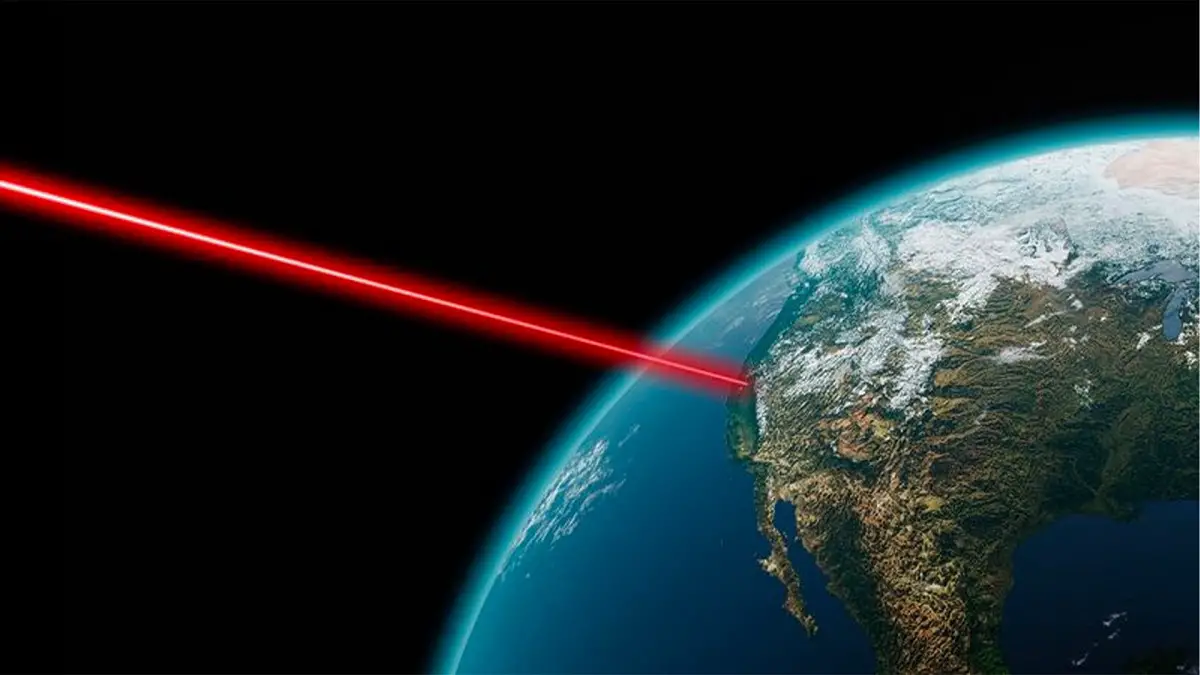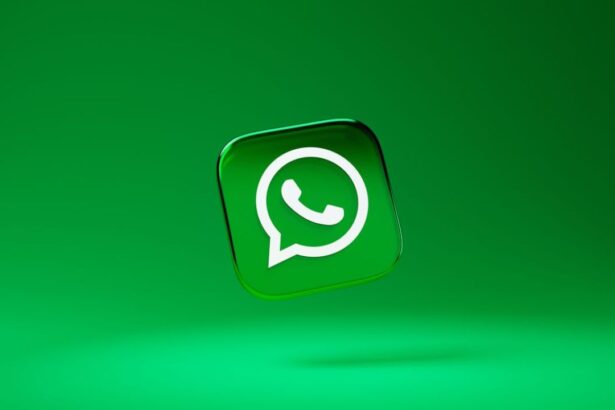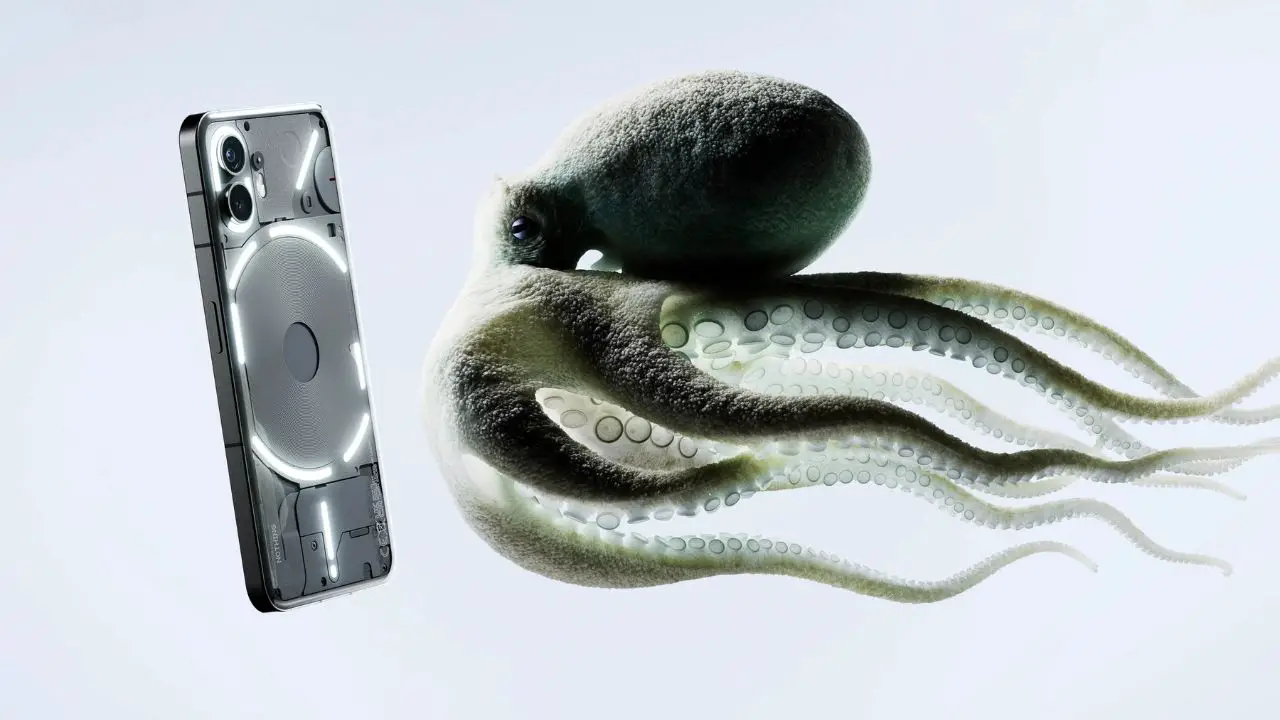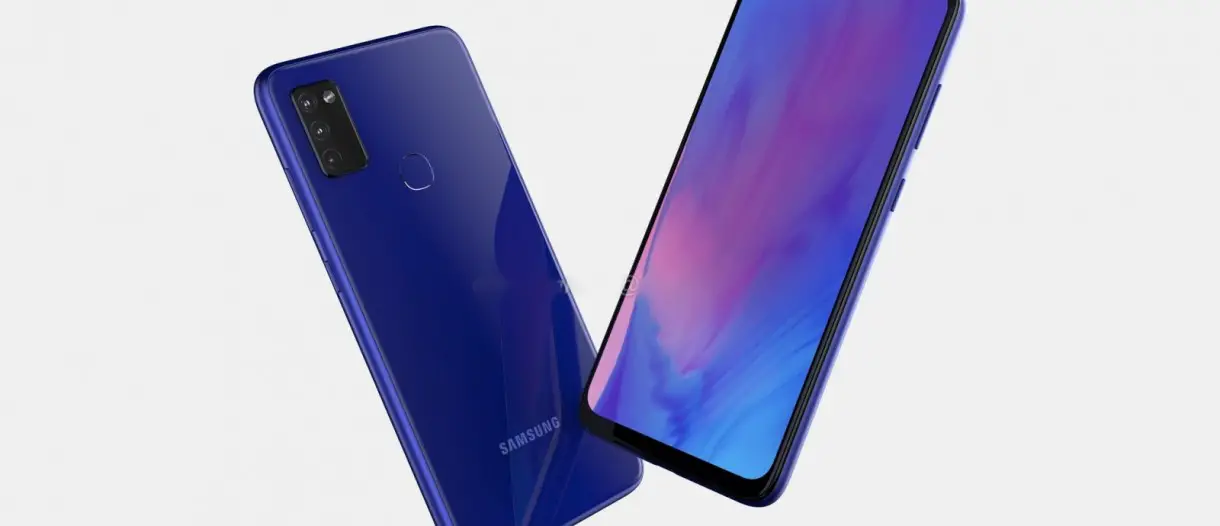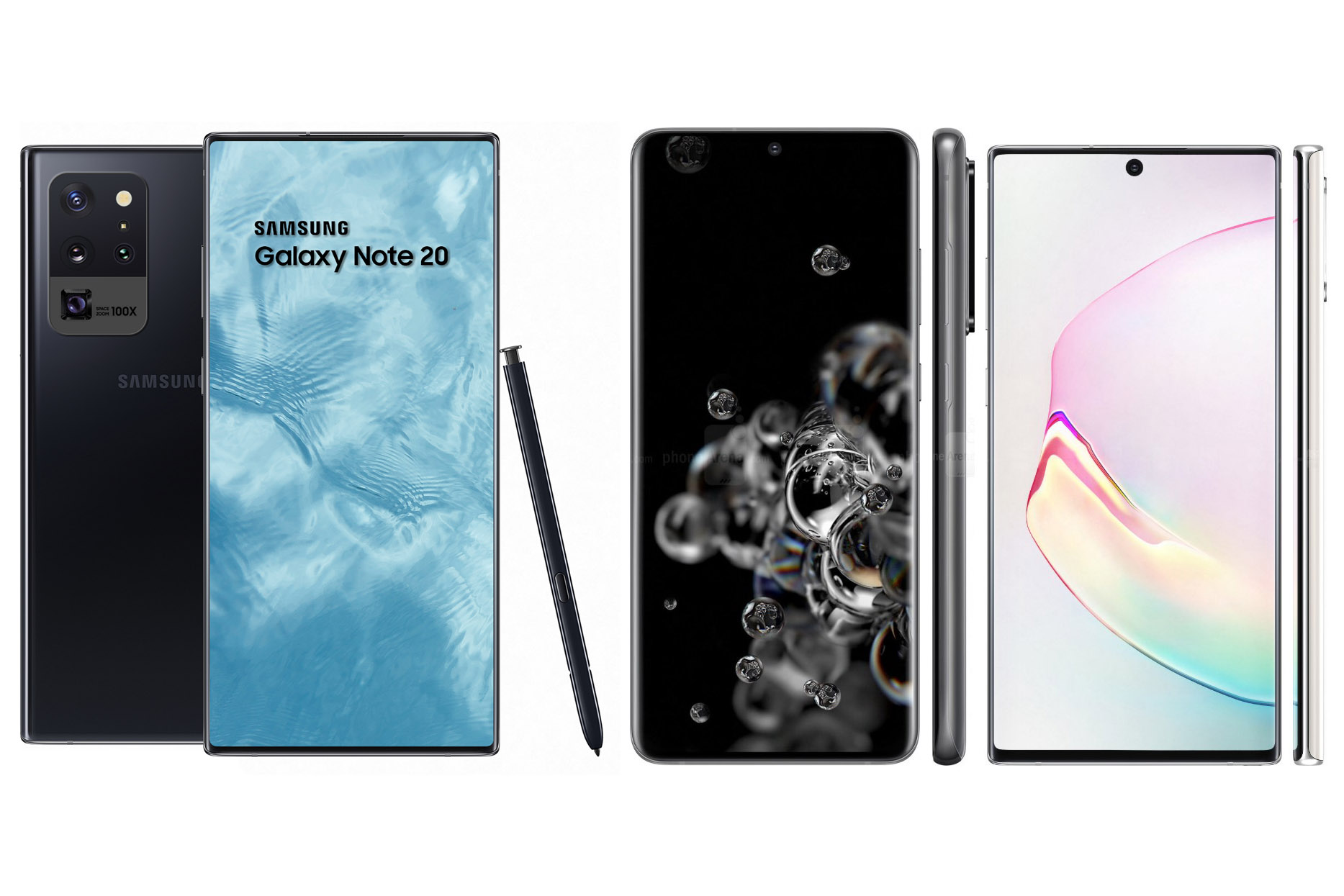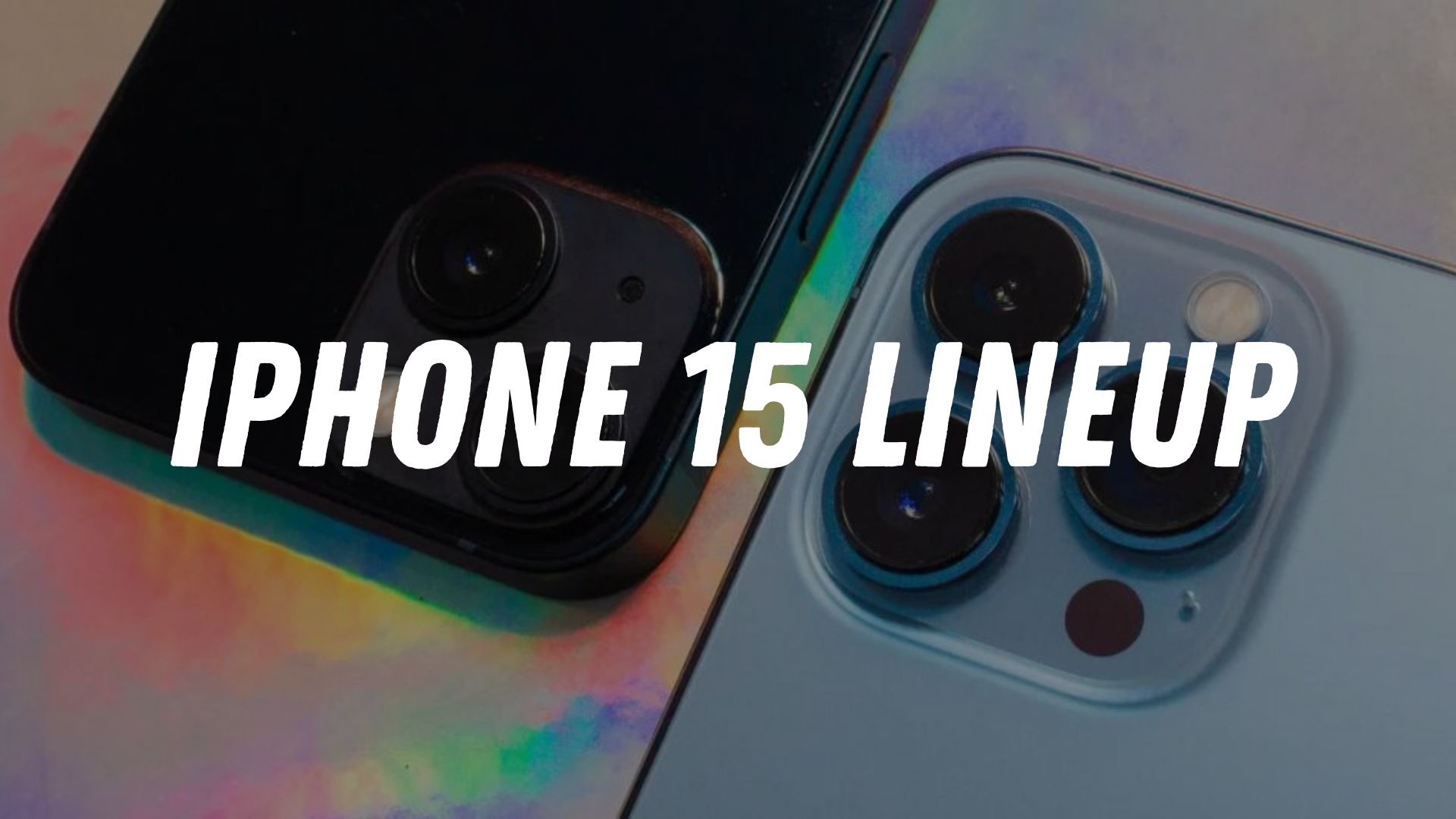NASA successfully conducted an innovative experiment onboard the Psyche mission en route to the asteroid belt between Mars and Jupiter. It achieved a major milestone by receiving laser-beamed messages from Psyche hurtling in space at about 16 million kilometers away from the Earth. The experiment paves the way forward for high-speed higher data rate transmissions, HD imagery, and even video footage from distant missions.
NASA’s Psyche was launched in mid-October and has since been hurtled toward the anterior belt between Mars and Jupiter. It will spend the next six years traversing a stretch of 3.6 billion kilometers to reach the outer part of the asteroid belt.
The mission became a success thanks to the different entities involved. NASA conducted the Deep Space Optical Communications Technology Demonstration (DSOC) wherein a high-bandwidth invisible near-infrared laser was beamed at the Earth. It is known to send and receive data at 10 to 100 times the speed of radio wave systems that are currently in use.
Dubbed as the first light, an event in the space lexicon that marks the first time when test data is sent and received successfully. The data was sent from Psyche, located some 10 million miles or 16 million kilometers from the Hale Telescope at the Palomar Observatory of California Institute of Technology in Pasadena, California.
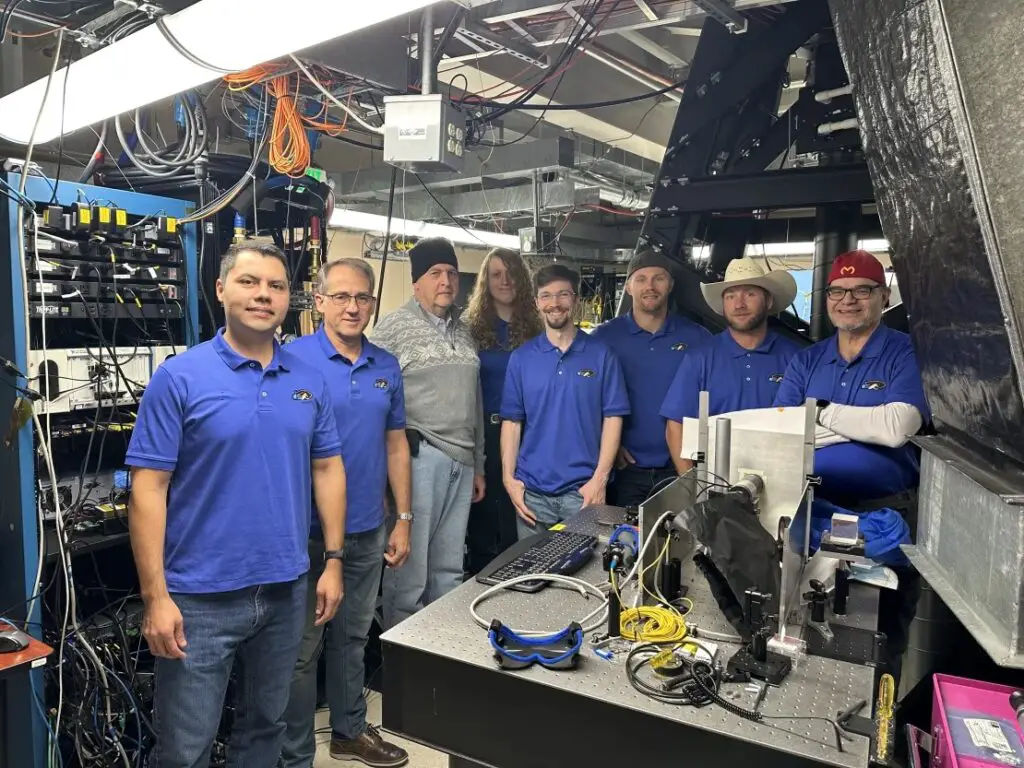
On November 14, the flight laser transceiver instrument onboard Psyche received a laser beacon from the Optical Communications Telescope Laboratory at Jet Propulsion Laboratory’s Table Mountain Facility in California. As the transceiver onboard Psyche was able to locate the beacon, it sent data to the Hale Telescope which is approximately 160 kilometers south of Table Mountain.
According to Meera Srinivasan, operations heat for DSOC at JPL, both the Psyche and DSOC had to work in tandem for the first light to work out on transmitting, receiving, and decoding some data in a short period.
This isn’t the first time laser communications took place though, however, it does pave how we communicate with spacecrafts and satellites in the future. The maiden test was conducted in December 2021 when NASA launched the Laser Communications Relay Demonstration approximately 22,000 miles (35,406 kilometers) from Earth.
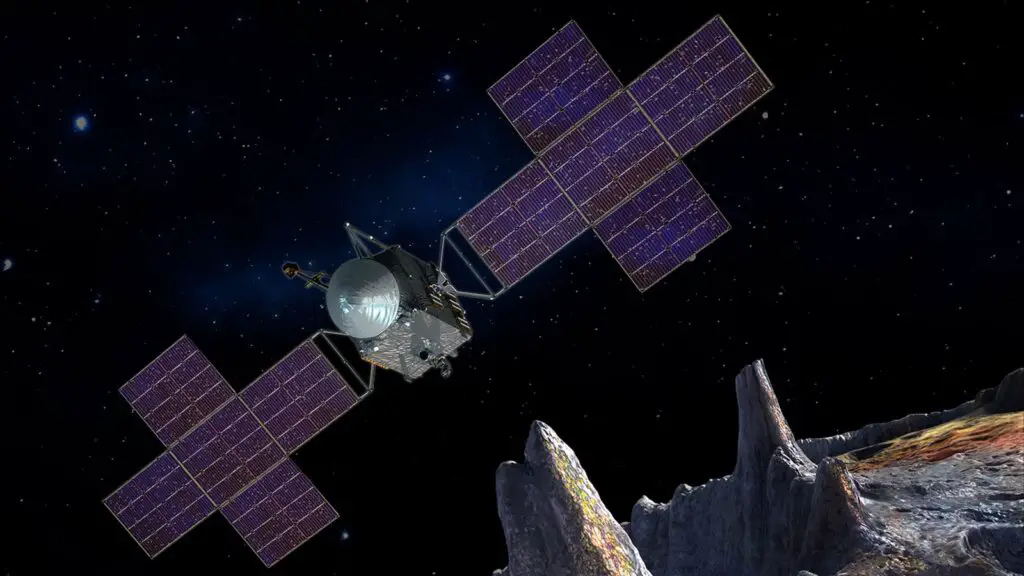
Future laser communications will enable spacecraft to send high-definition videos as well such as with the Artemis II. Talking about the Psyche mission, it didn’t send any scientific data using optical communications, however, it will help the scientists and researchers at NASA to refine their contraption for communications in the future. According to Dr. Jason Mitchell at NASA’s Space Communications and Navigation program, more data means more discoveries which holds when it comes to space research.
Psyche is en route to its mission to study the asteroid belt that orbits between Mars and Jupiter. The spacecraft will reach its destination in July 2029 as it prepares to determine the building blocks from the beginning of our solar system.
